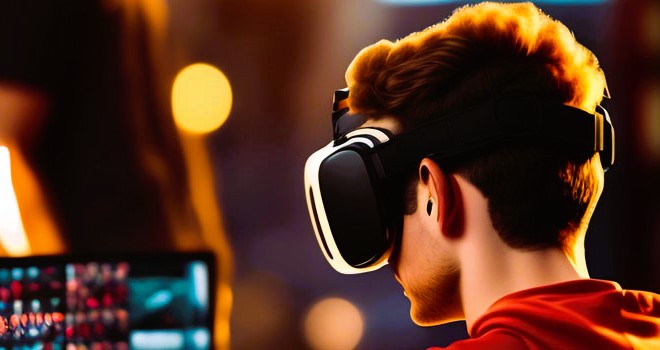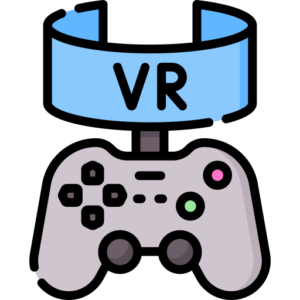Virtual Reality (VR) gaming has the potential to provide immersive and transformative experiences for players of all backgrounds and abilities. However, ensuring that VR games are accessible to everyone, including those with disabilities, remains a significant challenge for developers. In this article, we’ll explore the importance of VR game accessibility and discuss some strategies for making VR games more inclusive for players of all abilities.
The Importance of Accessibility in VR Gaming
Accessibility is a critical aspect of game development that is often overlooked. For players with disabilities, barriers such as limited mobility, visual or hearing impairments, and cognitive challenges can make it difficult or impossible to fully enjoy VR games. By prioritizing accessibility in game design, developers can create experiences that are welcoming and inclusive for players of all abilities, allowing everyone to participate in the magic of VR gaming.
Challenges in VR Game Accessibility

Despite the potential of VR technology to break down barriers and provide new opportunities for accessibility, there are still many challenges that developers face in creating accessible VR games. Some of the key challenges include:
Physical Accessibility
Many VR games require players to physically move around and interact with their environment, which can pose challenges for players with mobility impairments. Designing games that accommodate players with limited mobility while still providing engaging gameplay experiences can be a significant challenge for developers.
Visual and Hearing Impairments
Visual and hearing impairments can also present barriers to accessibility in VR gaming. Games that rely heavily on visual or auditory cues may be inaccessible to players with impaired vision or hearing. Providing alternative modes of interaction and communication, such as subtitles, text-to-speech, and audio descriptions, can help make VR games more accessible to players with sensory impairments. Read about the role of storytelling in VR game storytelling, read more at this link.
Cognitive Accessibility
Cognitive impairments, such as learning disabilities or cognitive processing disorders, can also impact a player’s ability to engage with VR games. Complex puzzles, fast-paced action, and information overload can be overwhelming for players with cognitive challenges. Designing games with clear instructions, intuitive controls, and customizable difficulty settings can help make VR games more accessible to players with cognitive impairments.
Strategies for Improving Accessibility in VR Games
Despite the challenges, there are several strategies that developers can employ to improve accessibility in VR games and make them more inclusive for players of all abilities:
User Testing and Feedback
Engaging with players with disabilities through user testing and feedback sessions can provide valuable insights into the accessibility barriers they face and help developers identify areas for improvement. By involving players with disabilities in the development process, developers can ensure that their games are designed with accessibility in mind from the outset.
Customizable Settings and Options

Providing customizable settings and options allows players to tailor the gameplay experience to their individual needs and preferences. This can include options to adjust movement speed, control sensitivity, audio volume, and visual settings. By allowing players to customize their experience, developers can empower players with disabilities to play the game in a way that works best for them.
Clear Communication and Instructions
Clear communication and instructions are essential for ensuring that players understand how to play the game and what is expected of them. Providing clear and concise instructions, as well as visual and auditory cues, can help guide players through the game and reduce confusion. Additionally, providing in-game tutorials and accessibility guides can help players learn how to navigate the game’s controls and mechanics.
Conclusion
Accessibility is a fundamental aspect of game design that should be prioritized by developers in the creation of VR games. By making VR games more accessible to players of all abilities, developers can ensure that everyone has the opportunity to enjoy the immersive and transformative experiences that VR gaming has to offer. By implementing strategies such as user testing, customizable settings, and clear communication, developers can create games that are inclusive and welcoming to players of all backgrounds and abilities.
For more information on VR game accessibility, visit Wikipedia.


